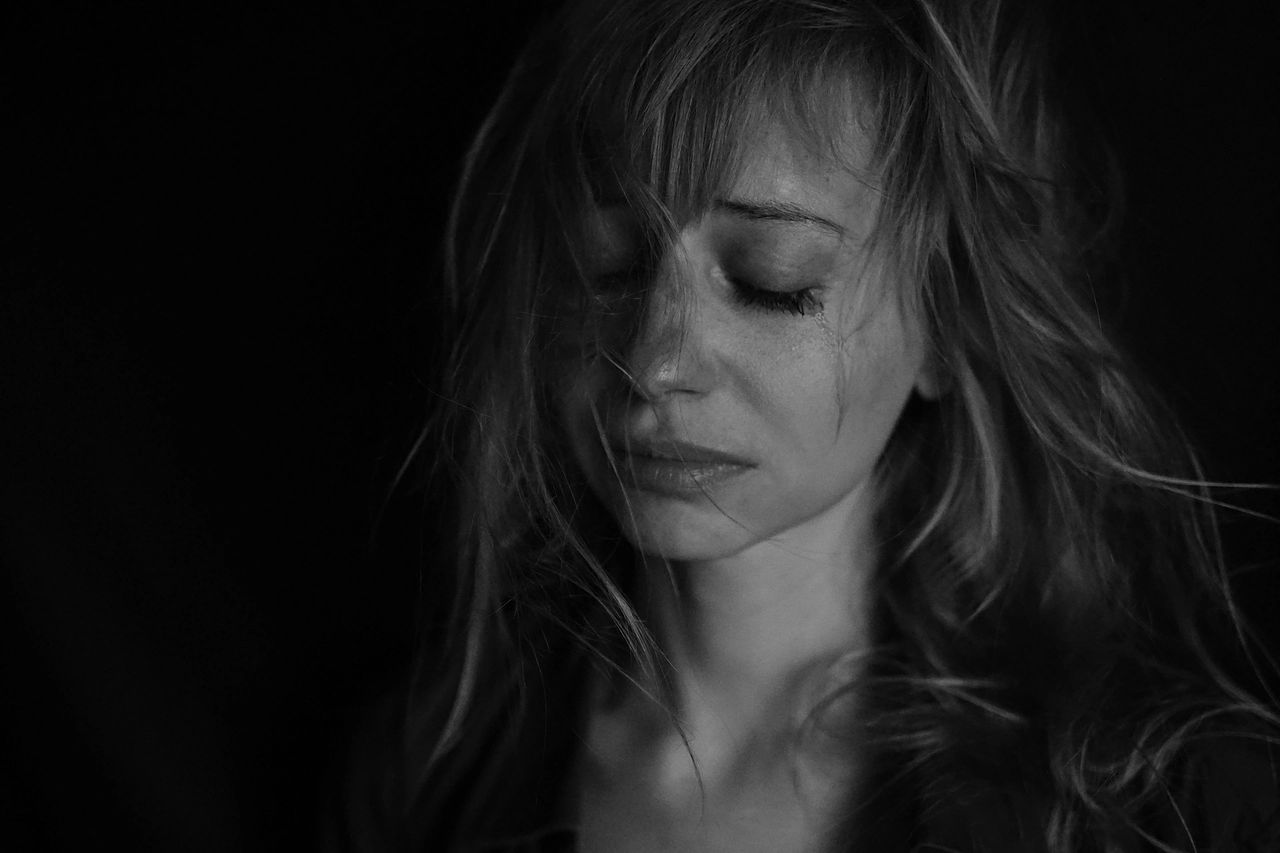(Readers: this is my most personal story to date. I’m sharing this in the hopes that it helps).
I hit rock bottom on an ordinary day in October.
It was an average morning: I had dropped my kids off at school before walking to the office. While sipping my morning coffee, I felt a heaviness fill my chest. In our morning Management meeting, I willed myself to keep it together, bursting into tears moments after the meeting ended.
I knew then that, irrevocably, I could not go on. I was exhausted, defeated, and most of all, worthless.
I left my office in a blur, dreaming of climbing to the top of the office buildings I passed and jumping. Once home, I sat on the patio swing in our backyard, staring through tears at our inground pool. My husband’s hand weights, I thought. I’ll tie them to my feet and jump. It would all be over in less than two minutes.
I managed to get myself inside my home, away from the imminent threat. My husband, alerted to my early arrival through our smart doorbell, hurried home to find me before any damage was done.
Two days later, I was back to my normal, bubbly self.
Four years earlier, I was diagnosed with Pre-Menstrual Dysphoric Disorder (PMDD), an endocrine disorder affecting about 8% of menstruating women. It presents as a severe form of PMS during the luteal phase of menstruation (the time between ovulation and menses) causing physical and mental pain, including acute and often debilitating mood swings, irritability, depression, anxiety, and, in severe cases, suicide.
Once diagnosed, I treated my illness like an annoying, recurring rash – rarely thinking of it other than a flare-up. Happily, I only faced a few major issues, maybe 3 or 4 times a year – rages so extreme my children ran in fear as dishes were broken and doors slammed. A holiday argument with my brother left me convinced I would have stabbed him if a knife was handy.
More troubling than the anger, though, was the depression – where I lived in bleak misery with no reason to continue, and it was during those moments that I planned to end it all.
The reassuring part of PMDD is that it is temporary. Once my period comes, physical pain replaces mental angst, and I’m free for 10 to 12 days. It was due to this that I was able to ignore my mental health for so long, rejecting therapy and medication for less effective treatments like a low sugar diet and a birth control pill.
PMDD is new (added to the DSM-V in 2013), but hopefully as more and more women are being diagnosed, the substantial risk it poses will become clearer. It does not discriminate. I am an educated, successful, white woman with an incredible husband and two lovely children. I was raised in a supportive, wonderful family, and have faced no trauma in my life. I have every advantage available, and yet on that October afternoon, I was planning my suicide.
There are many, many women not so lucky. As is common with many mental illnesses, PMDD can often comorbid with anxiety and depression, and neurodiverse women (those with ADHD/ADD and/or on the spectrum) often find themselves at heightened risk. Complex trauma also adds a further level of risk. During the vulnerability of our adolescent years when hormones and life changes complicate everyday life, up to 20% of menstruating teens come close to meeting the diagnostic criteria.
The first step is education and awareness, bringing attention to this serious disorder. The next step is real, viable help in the form of a bio-psycho-social approach. Medication. Vitamins. Hormones. Talk therapy. Meditation. Exercise. Diet. Any combination of these things can help regulate PMDD. Most importantly, though, is taking a diagnosis seriously. Trust me when I say it: my nonchalance almost killed me.
For my part, that day changed me. I somehow gathered the courage to admit my perfect life was not perfect. I forced myself to be honest with my husband, my family doctor, and myself. I now take 50 mg of an SSRI (an antidepressant known as Zoloft) daily, a birth control pill, calcium, magnesium, and B vitamins, plus a combination of yoga and meditation.
I allow myself to rest – to spend a full day on the couch when the fatigue sets in – and I disclose my illness to those closest to me (including my workplace – the same place I worked on that dreadful day two and a half years ago, where everyone – senior leadership included – has demonstrated again and again to be extremely accepting of mental illness).
As I take the next step in my career as a therapist, I plan to specialize in PMDD. Not enough is known about it, and so much assistance can be gleaned from various types of therapies such as cognitive behaviour therapy (CBT).
PMDD is not going away, and I’m just getting started.


